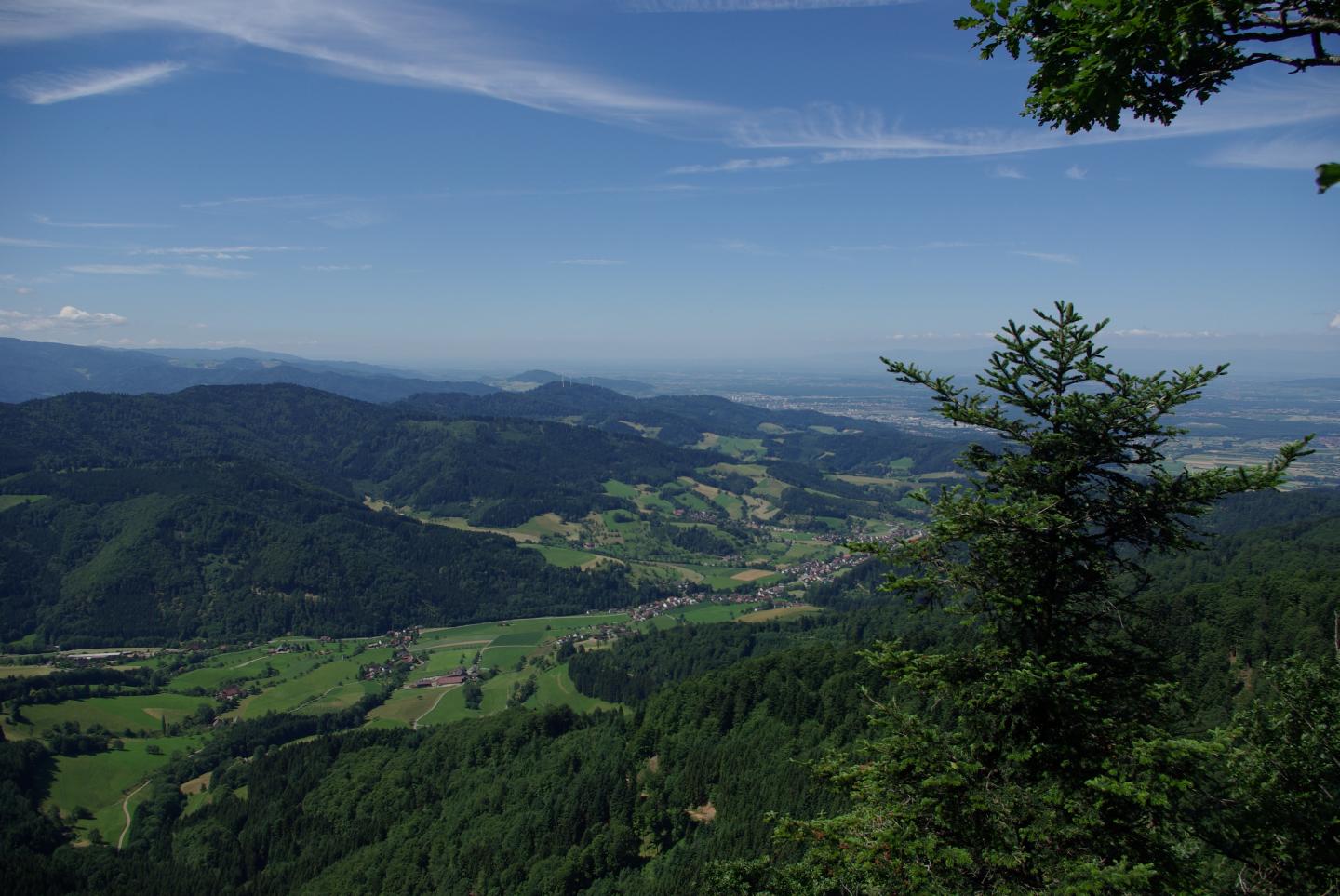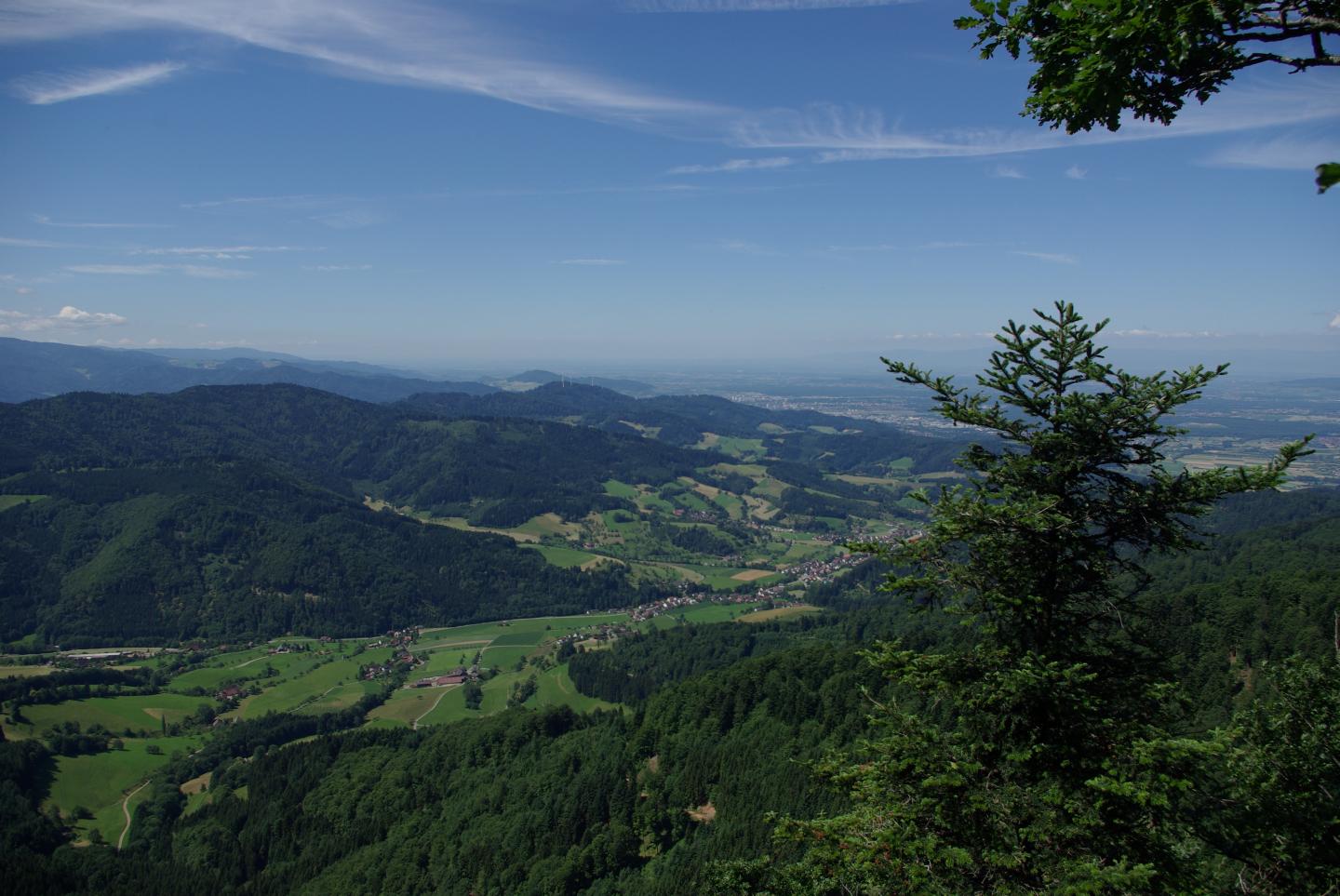
Credit: Photo: Jürgen Bauhus
As the climate change progresses, droughts are expected to become more and more common and more intense in Europe, as in many parts of the globe. However, many plants are not able to handle this kind of climate. This includes the Norway spruce, which is Germany's most important commercial tree species and accounts for the majority of trees in the Black Forest. Valentia Vitali and Prof. Dr. Jürgen Bauhus from the Chair of Silviculture at the University of Freiburg are thus studying other types of needle-leaved conifers to find alternatives. Conifers play a far greater role in commercial forestry and climate protection than broad-leaved trees. In their article "Silver Fir and Douglas Fir Are More Tolerant to Extreme Droughts than Norway Spruce in South-Western Germany" published in the journal Global Change Biology, the scientists concluded that the native silver fir and the Douglas fir, which was imported from the Americas, are suitable tree replacements for the Norway spruce in the long run.
Extreme droughts are believed to be one of the greatest challenges of climate change facing commercial forestry in the medium term, the researchers said. In their study of how forests in Central Europe might adjust to climate change, Vitali and Bauhus studied the past growth of more than 800 trees at different altitudes in the Black Forest. They looked at annual tree rings before, during, and after the extreme summer droughts of 1976 and 2003 to determine which conifers best withstand droughts and which recover the quickest and fullest after dry spells. They discovered that silver and Douglas firs are far less affected by drought than spruces. That the silver fir, which suffered severely from acid rain falls in the 1970s and 1980s and was considered endangered, is now an alternative native tree species for the future is both a positive and surprising finding, the scientists said. While the Douglas fir is the more productive replacement species for the Norway spruce, silver firs have a greater positive effect on biodiversity. The scientists therefore recommend that spruce forests, which are at high risk of drought stress, be replaced with mixed-species forests silver and Douglas firs, with silver firs being the more suitable tree for higher altitudes in the Black Forest.
###
Original Publication:
Vitali V., Büntgen U., Bauhus J. ( 2017): Silver fir and Douglas fir are more tolerant to extreme droughts than Norway spruce in south-western Germany. Global Change Biology. doi: 10.1111/gcb.13774
Contact:
Professur for Waldbau / Chair of Silviculture
Media Contact
Jürgen Bauhus
[email protected]
49-761-203-3677
Related Journal Article
http://dx.doi.org/10.1111/gcb.13774
############
Story Source: Materials provided by Scienmag





